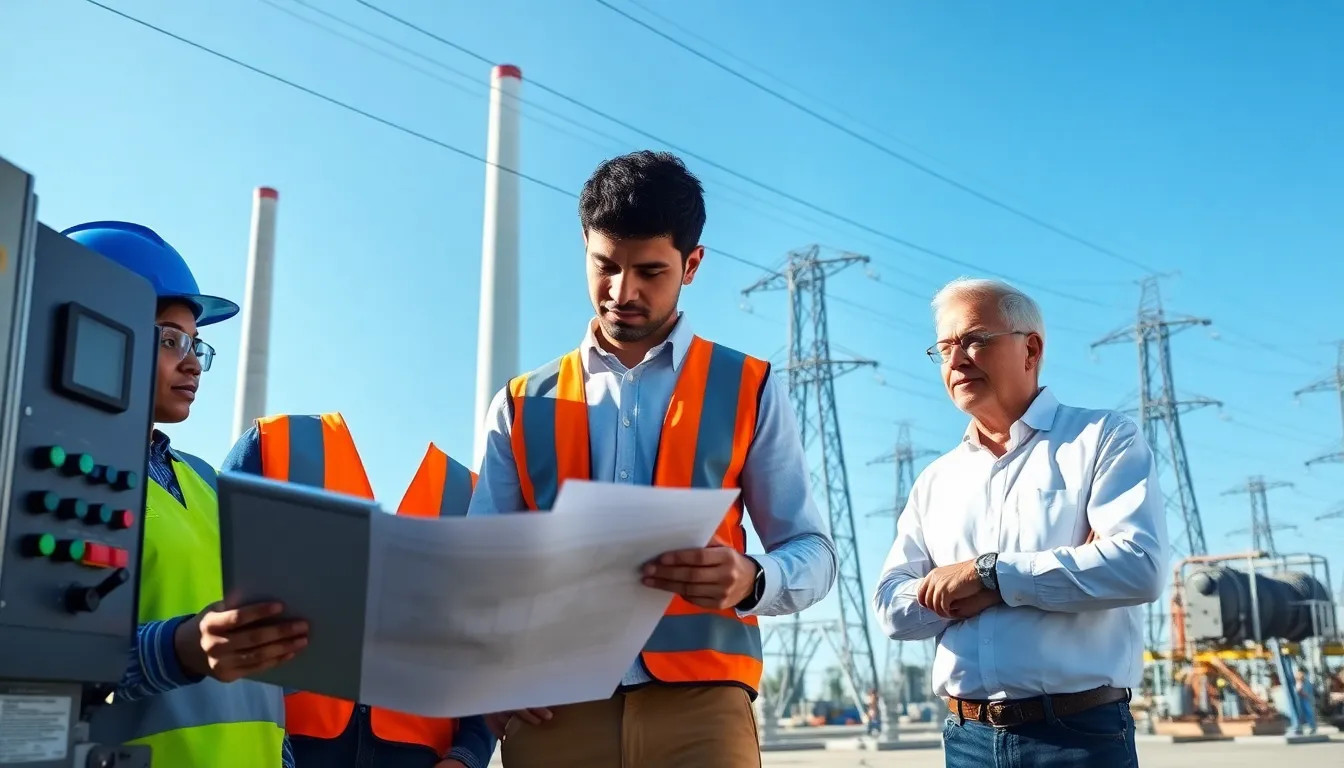The idea of ‘lots of power’ encompasses various dimensions, from technological advancements to renewable energy solutions. In an era where energy efficiency and sustainability are increasingly critical, understanding what it means to have significant power, both in capacity and application, becomes essential. This article delves into the concept of lots of power, exploring its historical context, key principles, practical applications, and the future trends that may redefine how we perceive power in our lives.
Table of Contents
ToggleUnderstanding Lots Of Power

Historical Context and Development
The notion of power has evolved over centuries, tracing back to the early understanding of physical force in physics. Historically, power was identified primarily as a measure of energy transfer capacity or mechanical advantage. Over time, with the advent of industrialization, the definition broadened to encompass electrical power generation, distribution, and usage.
In the 20th century, significant advancements in technology laid a foundation for the modern interpretation of lots of power. The rise of electricity and its role in powering homes, factories, and transportation systems marked a pivotal turning point. Innovations such as the power grid brought significant scale to energy management, allowing for centralized energy generation and widespread distribution.
Key Principles Behind Lots Of Power
At its core, lots of power relates to the ability to perform work efficiently and sustainably. Several key principles underpin this concept:
- Capacity: This refers to the maximum output that can be generated or delivered. For instance, power plants are rated based on their capacity to produce electricity, a measure of their potential to supply energy.
- Efficiency: The effectiveness of actually converting energy sources into usable power without significant loss is crucial. High-efficiency systems contribute to the sustainability of power usage.
- Sustainability: As the world moves toward greener energy solutions, the sustainability of power sources has begun to dominate discussions. This principle emphasizes the importance of using resources that do not deplete or harm the environment.
Understanding these principles allows society to harness lots of power in ways that foster technological growth while adhering to environmental standards.
Applications of Lots Of Power
In Technology and Innovation
The applications of lots of power are evident in various technological advancements. From computing power to automation, the demand for significant energy outputs drives innovation. For example, data centers, critical infrastructures for cloud computing, rely heavily on lots of power to manage vast amounts of data and run complex algorithms efficiently.
Besides, technological breakthroughs such as quantum computing present new paradigms of power usage. These systems not only require substantial energy but also challenge existing frameworks of data processing, potentially revolutionizing industries from finance to healthcare.
In Renewable Energy Solutions
The shift toward renewable energy solutions is a pivotal application of lots of power. Solar, wind, and hydroelectric energy represent substantial shifts in how power is generated and consumed. In recent years, there has been an exponential increase in the deployment of solar panels and wind turbines, demonstrating how society can leverage natural resources to produce significant amounts of power sustainably.
Also, the integration of energy storage solutions like batteries allows for the stabilization of these renewable sources, facilitating energy availability even during low production times. The drive towards reducing carbon footprints further emphasizes the potential applications of lots of power in addressing climate change.
The Future of Lots Of Power
Emerging Trends and Technologies
The future landscape of lots of power is significantly shaped by emerging technologies and trends. Advances in battery technology, such as solid-state batteries, promise to store energy more efficiently and safely, which can revolutionize both electric vehicles and renewable energy systems. Also, artificial intelligence (AI) plays a critical role in optimizing power usage and distribution, ensuring that resources are allocated efficiently across networks.
Besides, smart grids are transforming how power is managed. These advanced systems use digital technology to monitor and respond to changes in electricity demand, effectively balancing loads and increasing the reliability of power systems.
Challenges and Opportunities
While the potential for lots of power is bright, challenges remain. Regulatory policies governing energy production and distribution often lag behind technological innovations, creating barriers to market entry for new solutions. Also, maintaining energy security while transitioning to renewable sources poses both logistical and infrastructural challenges.
But, these challenges also present opportunities. The ongoing global emphasis on reducing reliance on fossil fuels is propelling innovations in energy technologies and infrastructure. As countries seek to fulfill climate commitments, investments in lots of power solutions are likely to increase, driving both economic growth and environmental sustainability.
Conclusion
Overall, the concept of lots of power is not only a reflection of energy capacity but also an illustration of technological progress and sustainable practices. As society continues to navigate the complexities of energy demands, the principles behind lots of power will undoubtedly drive innovations both in technology and in renewable energy solutions, creating a more sustainable future. Understanding and harnessing this concept will be essential for individuals, businesses, and governments looking to thrive in the increasingly energy-conscious world.









